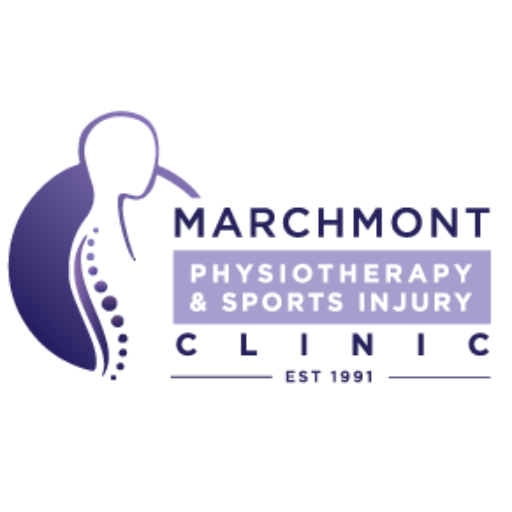Introduction
Everyone hurts themselves at some point in time, and for the most part it’s human to think that it will get better by itself unless a serious incident occurred. For a lot of people, the go-to is RICE (see below) and anti inflammatories early on. However, this is out of date and has implications for full recovery and recurrence. Let me explain.
Healing
Research says that the process of healing is based on the inflammatory soup, the chemicals creating repair tissue, the repair structure and remodeling based on the movements and forces put on it.
If you’ve ever seen someone try to move freely with a very swollen joint, you’ll recognise how hard it is….imagine a bruised, swollen ankle after walking into a rabbit hole or bad football tackle. You can’t get up and down the stairs normally, you can’t roll over in bed without pain. Just take a couple of ibuprofen tablets to get on with the day? Think again.
RICE ( G Mirkin 1978), POLICE (Bleakley, Glasgow & Webb 2012), now PEACE&LOVE (Dubois and Esculier 2019)…Most people might recognise the abbreviations of Rest/Movement, Ice, Compression and Elevation for sports injuries. Fewer still perhaps can quote- Protection, Optimism, Loading, Ice, Compression and Elevation. Moving forwards to 2019, Protection, Elevation (*above the heart), Avoid anti-inflammatories, Compression, Education & Loading, Optimism, Vascularisation and Exercise. We are potentially returning towards Traditional Chinese Medicine- “Ice is for the dead”….strong words indicating where stagnation is deemed irrelevant. That’s not to say it’s not relevant for immediate pain relief.
Create a balance of movement (Exercise stresses) without overuse….is the limb still swollen on waking? If so, we need a rethink. Is the Elevated limb only as high as the hip, and gravity returns the extra fluid to whence it came on standing instead of recirculating it through the energising heart and lungs.
Protection might mean a support or heel cup for the Achilles. Something to reduce further strain whilst keeping to a reasonable level of daily living or exercising.
Optimism in outlook, a positive attitude to recovery and health is associated with better outcomes.
Optimization of Load/strain to allow healing stresses for strong remodelling of repair but not on-going heat and swelling.
Compression of that support to allow movement without excessive pressure of enlarged pouches of inflammatory soup compromising the blood circulation. If your toes are turning blue with tingling, numbness or worsening pain, you might guess that something is not right. Support straps need loosening?
Vascularisation via movement, heat or contrast (hot and cold) for additional circulation boosts.
Inflammatory interference on blood and lymph vessels aren’t going to aid recovery. Less oxygen, less repair chemicals for building blocks and more debris congestion. Excessive fluid and associated scar tissue can be difficult to manage once set in. Thickened repair tissue sticking in the way of normal movement, that then makes the body subconsciously work differently. So, you don’t want that going on for long. However, if you don’t have enough chemical building blocks then the repair is inadequate, weak and at more risk of re-injury. So, painkillers like paracetamol and aspirin, if tolerated, over anti-inflammatories. They work via different mechanisms, so tackle pain differently.
Education: So if the actions above are not easing residual morning swelling, if the pain is too intense, then additional regular painkillers like paracetamol might be required. A GP consultation will want to know if these have been tried before anything stronger gets put into the mix. Side effects of inflammatories on the stomach, asthma sufferers and so on, suggest that a healthcare professional consultation is required, your local pharmacist is sometimes easier to access than your GP. Acupuncture alongside other means can aid pain relief and promote recovery.
The UK (CMOs’) guidelines, focuses on the scientific evidence of the health benefits of physical activity and positive health outcomes for disabled adults. It concluded that for substantial health gains, adults should exercise:
• for 150 minutes of physical activity at a moderate to vigorous intensity and
• do 2 sets of challenging strength and balance exercises 2 times per week
• minimise sedentary time (as per whole population guidelines)
Individuals with uncontrolled symptoms for cardiac, metabolic, renal and some musculoskeletal conditions should be seeking advice before greatly increasing physical activity.
So in summary, these should be minimal levels of healthy activity we should return to. Like Couch to 5k, first steps first.
Message us if you have questions.
